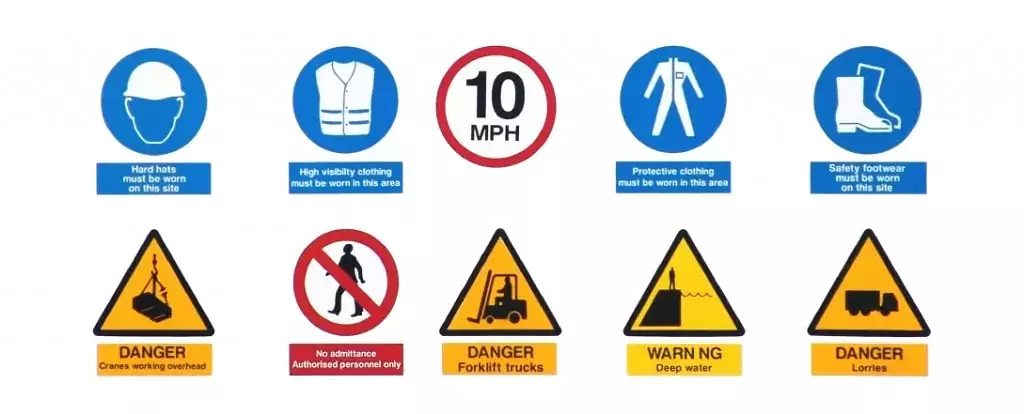 National Forklift Safety Day: 3 Overlooked Material Handling Safety Tips
National Forklift Safety Day: 3 Overlooked Material Handling Safety Tips
“Safety first!” is a common slogan in a classroom, home, and workplace. However, when things get busy and demands skyrocket, safety is sometimes downgraded to second, or maybe third, on our priority list. For those of us who are in daily contact with forklifts, an “innocent” oversight can bring devastating consequences. In fact, forklift accidents have been reported by the U.S. Department of Labors as the second cause of worker injury and illness. At Toolbox Topics, where they discuss the result of a recent OSHA study, they report that forklifts cause about 85 fatal accidents per year. Of the non-fatal forklift accidents, 34,900 have resulted in serious injury, while 61,800 have been classified as non-serious.
Safety First
Safety is important, and we know better than letting convenience and profit compromise the well-being of ourselves and our co-workers. In an effort to celebrate and raise material handling safety awareness on a national level, we have decided to honor Industrial Truck Association’s sponsorship of National Forklift Safety Day by discussing the 3 commonly overlooked material handling safety tips and encouraging you to operate your forklifts with better care.
1. Wear Your Seat belt
Unlike seat belts found in a car, wearing your forklift seat belt is more about protecting you from being crushed than reducing your injury in a high speed collision. While the Occupational Safety & Health Administration does not have a specific rule requiring forklifts to have seat belts, your seat belt will become your safety guard in case of a forklift turnover by preventing you from jumping off a tipping forklift and getting bombarded or mousetrapped by falling loads.
2. Handle Your Loads with Care
Because the primary duty of forklifts is to transport and stack loads in a limited space and to a relatively high stack, it is important for forklift operators to make sure that…
- The load has been secured and stacked/positioned correctly on the forklift
- The load’s weight, size, and shape do not exceed the forklift’s limit (avoid overloading)
- The load is lowered to travel height (around the height of the axle) before moving
- The load does not block your view and hinder your awareness of your immediate environment; if it does, call a co-worker to help and guide you.
3. Maintain Your Forklift
As a forklift operator, it is your responsibility to make sure that your forklift is mechanically functional. Before operating your forklift, check for malfunction of brakes, steering, clutch, shift linkage, or transmission. Examine your mast assembly and make sure that there are no leaks. Never operate a forklift that is exhibiting suspicious mechanic functions. As we at National Forklift Exchange like to say“ A forklift should not be a hazard to its surroundings or to the driver.” Making sure that a forklift passes an operational inspection before using it will reduce unfortunate surprises during regular operation.
Happy National Forklift Safety Day!
And as always, operate your forklift with a serious attitude. Treat your forklift with the respect and care it deserves by driving at a safe speed and using proper turning, backing, and other material handling techniques.
